Validation of a New Resource-Efficient Feeding System for Fattening Pigs Using Increased Crude Fiber Concentrations in Diets: Feed Intake and Ammonia Emissions
Simple Summary
Abstract
1. Introduction
2. Materials and Methods
2.1. Animals and Housing
2.1.1. Barn I
2.1.2. Barn II and Barn III
2.1.3. Animals
2.2. Feeding
2.2.1. Feeding Groups
2.2.2. Ultrasound Examination
2.2.3. Feeding Technology and Feeding Components
2.2.4. Feeding Scheme and Diets
2.3. Emission Measurement Techniques
2.3.1. Gas Sampling and Emissions Calculation
2.3.2. Ventilation Rate, Temperature, and Relative Humidity
2.3.3. Emission Data Analysis
2.4. Evaluation of Floor Pollution
2.5. Statistical Analysis
3. Results
3.1. Animal Based Data During the Experiment
3.1.1. Body Composition during Group Building
3.1.2. Feed Intake
3.2. Environmental Aspects
3.2.1. Climatic Conditions
3.2.2. NH3 Concentration and Emissions
3.2.3. Pollution of Surface Area
4. Discussion
4.1. Heterogeneity of Animals and Classification According to Genetic Performance Potential
4.2. Influence of a Feed Rich in Crude Fiber on Daily Feed Intake Capacity
4.3. Environmental Aspects
5. Conclusions
Supplementary Materials
Author Contributions
Funding
Conflicts of Interest
References
- Steinfeld, H.; Gerber, P.; Wassenaar, T.; Castel, V.; Rosales, M.; de Haan, C. Livestock’s Long Shadow: Environmental Issues and Options; Food and agriculture Organization: Rome, Italy, 2006. [Google Scholar]
- FAO. Ammonia Emissions from Agriculture. Available online: http://www.fao.org/faostat/en/#data/EC (accessed on 13 October 2019).
- Philippe, F.X.; Nicks, B. Review on greenhouse gas emissions from pig houses: Production of carbon dioxide, methane and nitrous oxide by animals and manure. Agric. Ecosyst. Environ. 2015, 199, 10–25. [Google Scholar] [CrossRef]
- Rösemann, C.; Haenel, H.D.; Dämmgen, U.; Döring, U.; Wulf, S.; Eurich-Menden, B.; Freibauer, A.; Döhler, H.; Schreiner, C.; Osterburg, B.; et al. Berechnung von Gas und Partikelförmigen Emissionen aus der Deutschen Landwirtschaft 1990–2017: Report zu Methoden und Daten (RMD) Berichterstattung; Thünen Report 67; Johann Heinrich von Thünen-Institut: Braunschweig, Germany, 2019. [Google Scholar]
- Aarnink, A.J.A. Ammonia Emissions from Houses for Growing Pigs as Affected by Pen Design, Indoor Climate and Behaviour. Ph.D. Thesis, University of Wageningen, Wageningen, The Netherlands, 1997. [Google Scholar]
- Arogo, J.; Westerman, P.W.; Heber, A.J.; Robarge, W.P.; Classen, J.J. Ammonia Emissions from Animal Feeding Operations. In Animal Agriculture and the Environment: National Center for Manure and Animal Waste Management White Papers; Rice, J.M., Ed.; American Society of Agricultural and Biological Engineers (ASABE): St. Joseph, MI, USA, 2006; pp. 41–88. [Google Scholar]
- Krupa, S.V. Effects of atmospheric ammonia (NH3) on terrestrial vegetation: A review. Environ. Pollut. 2003, 124, 179–221. [Google Scholar] [CrossRef]
- Sutton, M.A.; Pitcairn, C.E.R.; Fowler, D. The Exchange of Ammonia between the Atmosphere and Plant Communities. Adv. Ecol. Res. 1993, 24, 301–393. [Google Scholar]
- Statistisches Bundesamt (Destatis). 41311-0003; Betriebe: Deutschland, Jahre, Tierarten. Available online: https://www-genesis.destatis.de/genesis//online/data?operation=tableandcode=41311-0003andlevelindex=0andlevelid=1571559630955 (accessed on 13 February 2020).
- Statistisches Bundesamt (Destatis). 41311-0005; Gehaltene Tiere: Deutschland, Stichmonat, Tierarten. Available online: https://www-genesis.destatis.de/genesis//online/data?operation=tableandcode=41311-0005andlevelindex=0andlevelid=1571559630955 (accessed on 13 February 2020).
- Bundesministerium für Ernährung und Landwirtschaft. Daten und Fakten. In Land-, Forst- und Ernährungswirtschaft mit Fischerei und Wein- und Gartenbau; Bundesministerium für Ernährung und Landwirtschaft (BMEL): Berlin, Germany, 2017; pp. 12–14. [Google Scholar]
- Deblitz, C.; Rohlmann, C.; Verhaagh, M. Steckbriefe zur Tierhaltung in Deutschland: Mastschweine; Johann Heinrich von Thünen-Institut: Braunschweig, Germany, 2019; pp. 6–10. [Google Scholar]
- Umweltbundesamt. Überschreitung der Belastungsgrenzen für Eutrophierung. Available online: https://www.umweltbundesamt.de/daten/flaeche-boden-land-oekosysteme/land-oekosysteme/ueberschreitung-der-belastungsgrenzen-fuer-0#textpart-1 (accessed on 13 February 2020).
- Umweltbundesamt. Ammoniak-Emissionen. Available online: https://www.umweltbundesamt.de/daten/luft/luftschadstoff-emissionen-in-deutschland/ammoniak-emissionen (accessed on 13 February 2020).
- Bundesministerium für Ernährung, Landwirtschaft und Forsten. Verordnung über gesetzliche Handelsklassen für Schweineschlachtkörper (Schweineschlachtkörper-Handelsklassenverordnung) in der Fassung der Bekanntmachung vom 16. August 1990 (BGBl. I S. 1809); die zuletzt durch Artikel 2 der Verordnung vom 4. Januar 2019 (BGBl. I S. 2) geändert worden ist. Available online: https://www.gesetze-im-internet.de/hdlklschwv_1986/BJNR126240986.html (accessed on 20 November 2019).
- Jeroch, H.; Drochner, W.; Ortwin, S. Ernährung landwirtschaftlicher Nutztiere. In Ernährungsphysiologie, Futtermittelkunde, Fütterung; UTB: Stuttgart, Germany, 1999. [Google Scholar]
- Nyachoti, C.M.; de Lange, C.F.M.; McBride, B.W.; Leeson, S.; Schulze, H. Dietary influence on organ size and in vitro oxygen consumption by visceral organs of growing pigs. Livest. Prod. Sci. 2000, 65, 229–237. [Google Scholar] [CrossRef]
- Hansen, M.J.; Nørgaard, J.V.; Adamsen, A.P.S.; Poulsen, H.D. Effect of reduced crude protein on ammonia, methane, and chemical odorants emitted from pig houses. Livest. Sci. 2014, 169, 118–124. [Google Scholar] [CrossRef]
- Hayes, E.T.; Leek, A.B.G.; Curran, T.P.; Dodd, V.A.; Carton, O.T.; Beattie, V.E.; O’Doherty, J.V. The influence of diet crude protein level on odour and ammonia emissions from finishing pig houses. Bioresour. Technol. 2004, 91, 309–315. [Google Scholar] [CrossRef]
- Seradj, A.R.; Balcells, J.; Morazan, H.; Alvarez-Rodriguez, J.; Babot, D.; De la Fuente, G. The impact of reducing dietary crude protein and increasing total dietary fiber on hindgut fermentation, the methanogen community and gas emission in growing pigs. Anim. Feed Sci. Technol. 2018, 245, 54–66. [Google Scholar] [CrossRef]
- Galassi, G.; Colombini, S.; Malagutti, L.; Crovetto, G.M.; Rapetti, L. Effects of high fiber and low protein diets on performance, digestibility, nitrogen excretion and ammonia emission in the heavy pig. Anim. Feed Sci. Technol. 2010, 161, 140–148. [Google Scholar] [CrossRef]
- Philippe, F.X.; Laitat, M.; Wavreille, J.; Nicks, B.; Cabaraux, J.F. Effects of a high-fiber diet on ammonia and greenhouse gas emissions from gestating sows and fattening pigs. Atmos. Environ. 2015, 109, 197–204. [Google Scholar] [CrossRef]
- Werner, C.; Sundrum, A. Zum Einsatz von Raufutter bei Mastschweinen. Neues Ökologischen Tierhalt. 2008, 320, 61–68. [Google Scholar]
- Philippe, F.-X.; Cabaraux, J.-F.; Nicks, B. Ammonia emissions from pig houses: Influencing factors and mitigation techniques. Agric. Ecosyst. Environ. 2011, 141, 245–260. [Google Scholar] [CrossRef]
- Lenis, N.P.; Jongbloed, A.W. New Technologies in Low Pollution Swine Diets: Diet Manipulation and Use of Synthetic Amino Acids, Phytase and Phase Feeding for Reduction of Nitrogen and Phosphorus Excretion and Ammonia Emission—Review. Asian Australas. J. Anim. Sci. 1999, 12, 305–327. [Google Scholar] [CrossRef]
- Kyriazakis, I.; Emmans, G. The voluntary feed intake of pigs given feeds based on wheat bran, dried citrus pulp and grass meal, in relation to measurements of feed bulk. Br. J. Nutr. 1995, 73, 191–207. [Google Scholar] [CrossRef] [PubMed]
- Kamphues, J.; Wolf, P.; Coenen, M.; Eder, K.; Iben, C.; Kienzle, E.; Liesegang, A.; Männer, K.; Zebeli, Q.; Zentek, J. Supplemente zur Tierernährung für Studium und Praxis, 12nd ed.; M. and H. Schaper GmbH: Hannover, Germany, 2014. [Google Scholar]
- Cielejewski, H.; Tholen, E.; Geerdes, K.; Leuschner, P. Untersuchungen über die Eignung des Videobildsystems opti-SORT (Firma Hölscher + Leuschner) zur Bestimmung des Gewichts und der Beurteilung der AutoFOM-Schlachtkörperqualität von Schweinen in der Endmast. In Proceedings of the 7. Tagung Bau, Technik und Umwelt in der Landwirtschaftlichen Nutztierhaltung 2005, Braunschweig, Germany, 1–3 März 2005; Kuratorium für Technik und Bauwesen in der Landwirtschaft e. V., Ed.; Landwirtschaftsverl: Münster-Hiltrup, Germany, 2005. [Google Scholar]
- Tscharke, M.; Banhazi, T.M. Review of Methods to Determine Weight and Size of Livestock from Images. Aust. J. Multi-Discip. Eng. 2013, 10, 1–17. [Google Scholar] [CrossRef]
- Hölscher + Leuschner GmbH and Co. KG. ComfiFLOOR. The Comfort Floor for Fattening Pigs. Available online: https://www.hl-agrar.de/hl+englisch/products/comfifloor/index.html (accessed on 13 February 2020).
- Hesse, A. Entwicklung Einer Automatischen Konditionsfütterung für Sauen Unter Besonderer Berücksichtigung der Tierleistung; Sonderheft 253; Bundesanstalt für Landwirtschaft (FAL) Landbauforschung Völkenrode: Braunschweig, Germany, 2003. [Google Scholar]
- Susenbeth, A. Factors affecting lysine utilization in growing pigs: An analysis of literature data: Review. Livest. Prod. Sci. 1995, 43, 193–204. [Google Scholar] [CrossRef]
- Müller, S.; Polten, S. Vergleichsuntersuchungen zur Ultraschall-Speckdickenmessung beim Schwein im Rahmen der Eigenleistungsprüfung. Dummerstorf, Germany. Arch. Tierz. 2004, 47, 193–204. [Google Scholar]
- Visscher, C.; Mischok, J.; Sander, S.; Schmicke, M.; Peitzmeier, E.U.; von dem Busche, I.; Rohn, K.; Kamphues, J. Nutrient digestibility, organ morphometry and performance in vaccinated or non-vaccinated Lawsonia intracellularis infected piglets. BMC Vet. Res. 2018, 14, 323. [Google Scholar] [CrossRef]
- Ausschuss für Bedarfsnormen der Gesellschaft für Ernährungsphysiologie (GfE). Empfehlungen zur Energie- und Nährstoffversorgung von Schweinen. In Energie- und Nährstoffbedarf Landwirtschaftlicher Nutztiere; DLG-Verlag GmbH: Frankfurt am Main, Germany, 2006. [Google Scholar]
- Austermann, F. Untersuchung zur Verbesserung der Tiergerechtheit und Reduzierung der Ammoniak-Emissionen bei Funktionsoptimierten Spaltenböden mit Reduziertem Schlitzanteil. Ph.D. Thesis, Institut für Landtechnik der Rheinischen Friedrich-Wilhelms-Universität, Bonn, Germany, 2016. [Google Scholar]
- Schmithausen, A.J.; Trimborn, M.; Buscher, W. Methodological Comparison between a Novel Automatic Sampling System for Gas Chromatography versus Photoacoustic Spectroscopy for Measuring Greenhouse Gas Emissions under Field Conditions. Sensors 2016, 16, 1638. [Google Scholar] [CrossRef]
- Ebertz, P.; Krommweh, M.S.; Büscher, W. Feasibility Study: Improving Floor Cleanliness by Using a Robot Scraper in Group-Housed Pregnant Sows and Their Reactions on the New Device. Animals 2019, 9, 185. [Google Scholar] [CrossRef]
- Schinckel, A.P.; Einstein, M.E. Concepts of pig growth and composition. In Purdue Swine Day; Purdue University: Purdue, IN, USA, 1995. [Google Scholar]
- Hollmichel, K.; Quanz, G. Bedarfsgerechte Proteinversorgung von Schweinen. LLH-Fachinformation Tierproduktion. Available online: http://www.proteinmarkt.de/aktuelle-meldungen/artikel/news/bedarfsgerechte-proteinversorgung/ (accessed on 17 February 2016).
- Kirchgeßner, M. Tierernährung. In Leitfaden für Studium, Beratung und Praxis, 14th ed.; DLG-Verl.: Frankfurt, Germany, 2014. [Google Scholar]
- Canh, T.T.; Aarnink, A.J.A.; Schutte, J.B.; Sutton, A.; Langhout, D.J.; Verstegen, M.W.A. Dietary protein affects nitrogen excretion and ammonia emission from slurry of growing–finishing pigs. Livest. Prod. Sci. 1998, 56, 181–191. [Google Scholar] [CrossRef]
- Sanders, S. Beitrag der Tierernährung zur Stabilisierung von Verdauungsvorgängen beim Schwein in kritischen Phasen. In Themen zur Tierernährung, Fachtagung 2015/2016; Deutsche Vilomix Tierernährung GmbH: Neuenkirchen-Vörden, Germany, 2016. [Google Scholar]
- Cummings, D.E.; Overduin, J. Gastrointestinal regulation of food intake. J. Clin. Investig. 2007, 117, 13–23. [Google Scholar] [CrossRef] [PubMed]
- Lindermayer, H.; Propstmeier, G.; Preißinger, W. Grundsätze der Schweinefütterung; Unterrichts- und Beratungshilfe, Part 3: Praktische Fütterung, A.; Institut für Tierernährung und Futterwirtschaft—Bayerische Landesanstalt für Landwirtschaft: Freising, Germany, 2009. [Google Scholar]
- Leterme, P.; Froidmont, E.; Rossi, F.; Thewis, A. The high water-holding capacity of pea inner fibers affects the ileal flow of endogenous amino acids in pigs. J. Agric. Food Chem. 1998, 46, 1927–1934. [Google Scholar] [CrossRef]
- De Leeuw, J.A.; Bolhuis, J.E.; Bosch, G.; Gerrits, J.W.W. Effects of dietary fiber on behavior and satiety in pigs. Proc. Nutr. Soc. 2008, 67, 334–342. [Google Scholar] [CrossRef] [PubMed]
- Schafzahl, W. Auswahl der Richtigen Rohfaserträger. Available online: www.styriavet.at/kunden/kundenabende/2011/Dr.W.Schafzahl-Auswahlkriterien fuer Rohfasertrager.pdf (accessed on 16 December 2016).
- Heinritz, S.N.; Weiss, E.; Eklund, M.; Aumiller, T.; Louis, S.; Rings, A.; Messner, S. Intestinal Microbiota and Microbial Metabolites Are Changed in a Pig Model Fed a High-Fat/Low-Fiber or a Low-Fat/High-Fiber Diet. PLoS ONE 2016, 11, e0154329. [Google Scholar] [CrossRef]
- Kaji, I.; Karaki, S.; Kuwahara, A. Short-chain fatty acid receptor and its contribution to glucagon-like peptide-1 release. Digestion 2014, 89, 31–36. [Google Scholar] [CrossRef]
- Gallmann, E. Vergleich von zwei Haltungssystemen für Mastschweine mit unterschiedlichen Lüftungsprinzipien—Stallklima und Emissionen. Ph.D. Thesis, Universität Hohenheim, Hohenheim, Germany, 2003. [Google Scholar]
- Demmers, T.G.M.; Kay, R.M.; Teer, N. Opportunities to reduce ammonia emissions from pig housing in the UK. In Proceedings of the International Symposium on Gaseous and Odour Emission from Animal Production Facilities, Horsens, Denmark, 1–4 June 2003. [Google Scholar]
- Oldenburg, J. Geruchs- und Ammoniak-Emissionen aus der Tierhaltung; KTBL-Schrift 333; Kuratorium für Technik und Bauwesen in der Landwirtschaft (KTBL): Darmstadt, Germany, 1989. [Google Scholar]
- Venzlaff, F.W.; Paulke, T.; Müller, H.J. Beiträge zur Umwelt- Und Tiergerechten Schweinehaltung; Ministerium für Infrastruktur und Landwirtschaft des Landes Brandenburg (MIL): Frankfurt (Oder), Germany, 2010; Volume 6, p. 11. [Google Scholar]
- Jungbluth, T.; Büscher, W.; Krause, M. Technik Tierhaltung, 2nd ed.; Ulmer (UTB): Stuttgart, Germany, 2017; ISBN 9783825242435. [Google Scholar]
- Palkovicova, Z.; Broucek, J.; Hanus, A.; Tongel, P.; Uhrincat, M.; Strmenova, A. Effect of season on ammonia emissions in pig fattening. Slovak J. Anim. Sci. 2012, 45, 53–59. [Google Scholar]
- O’Shea, C.J.; Lynch, B.; Lynch, M.B.; Callan, J.J.; O’Doherty, J.V. Ammonia emissions and dry matter of separated pig manure fractions as affected by crude protein concentration and sugar beet pulp inclusion of finishing pig diets. Agric. Ecosyst. Environ. 2009, 131, 154–160. [Google Scholar] [CrossRef]
- Jarret, G.; Cerisuelo, A.; Peu, P.; Martinez, J.; Dourmad, J.-Y. Impact of pig diets with different fiber contents on the composition of excreta and their gaseous emissions and anaerobic digestion. Agric. Ecosyst. Environ. 2012, 160, 51–58. [Google Scholar] [CrossRef]
- Janssen, J.; Krause, K.H. Stallinterne Beeinflussung der Gesamtemission aus Tierhaltungen. Grund. Landtech. 1987, 37, 213–220. [Google Scholar]
- Massé, D.I.; Croteau, F.; Masse, L.; Bergeron, R.; Bolduc, J.; Ramonet, Y.; Meunier-Salaün, M.C.; Robert, S. Effect of dietary fiber incorporation on the characteristics of pregnant sows slurry. Can. Biosyst. Eng. 2003, 45, 6–7. [Google Scholar]
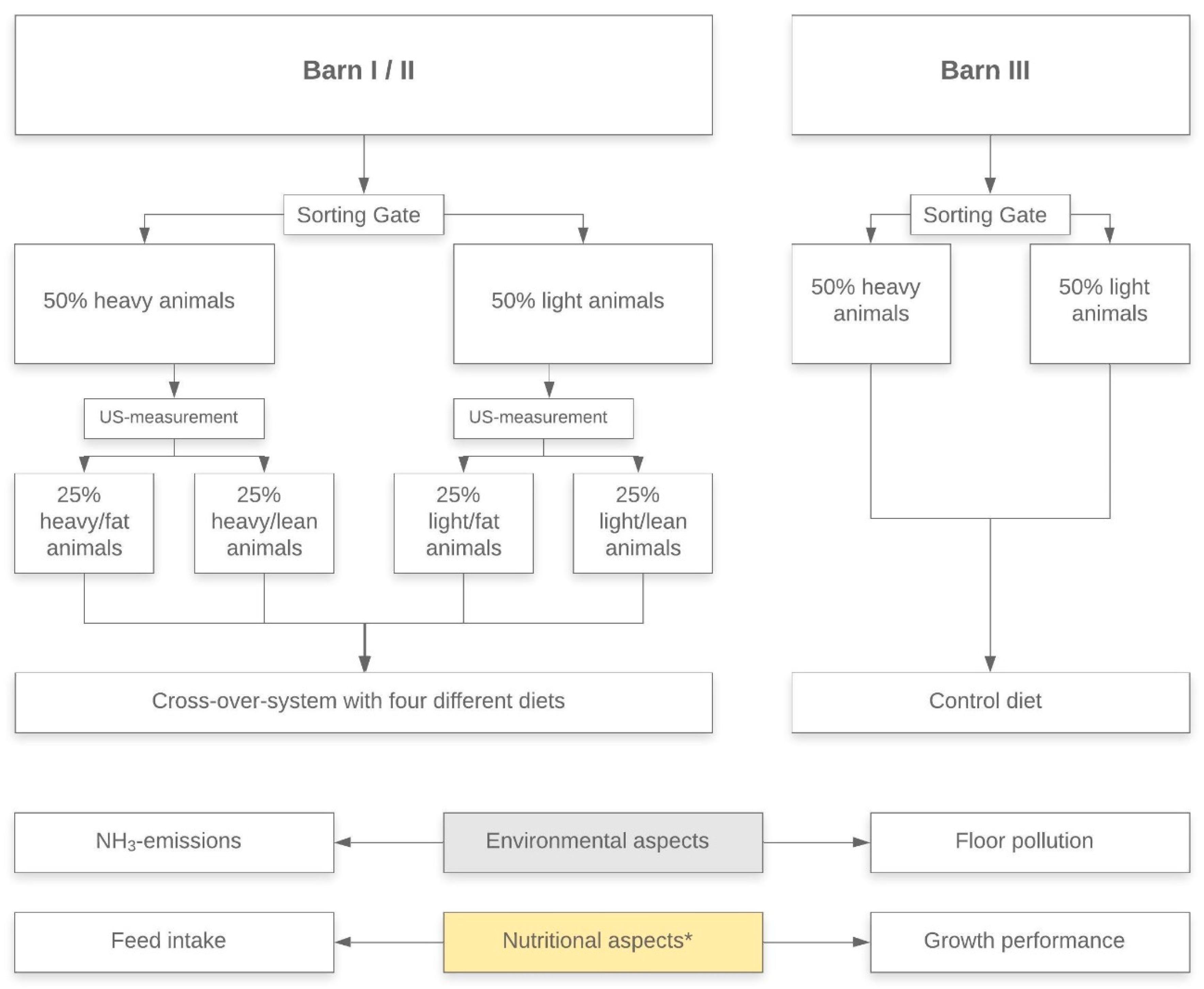
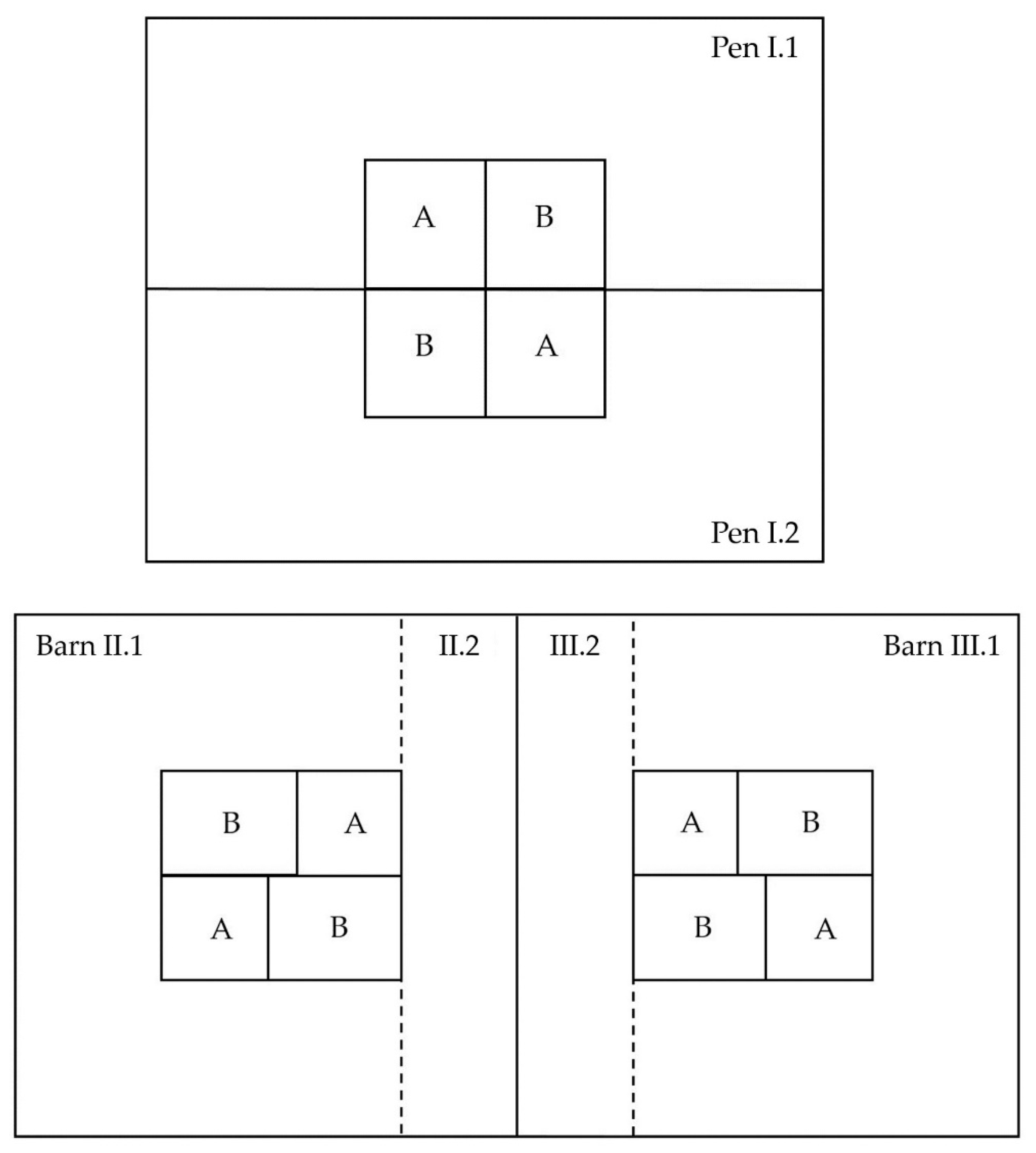
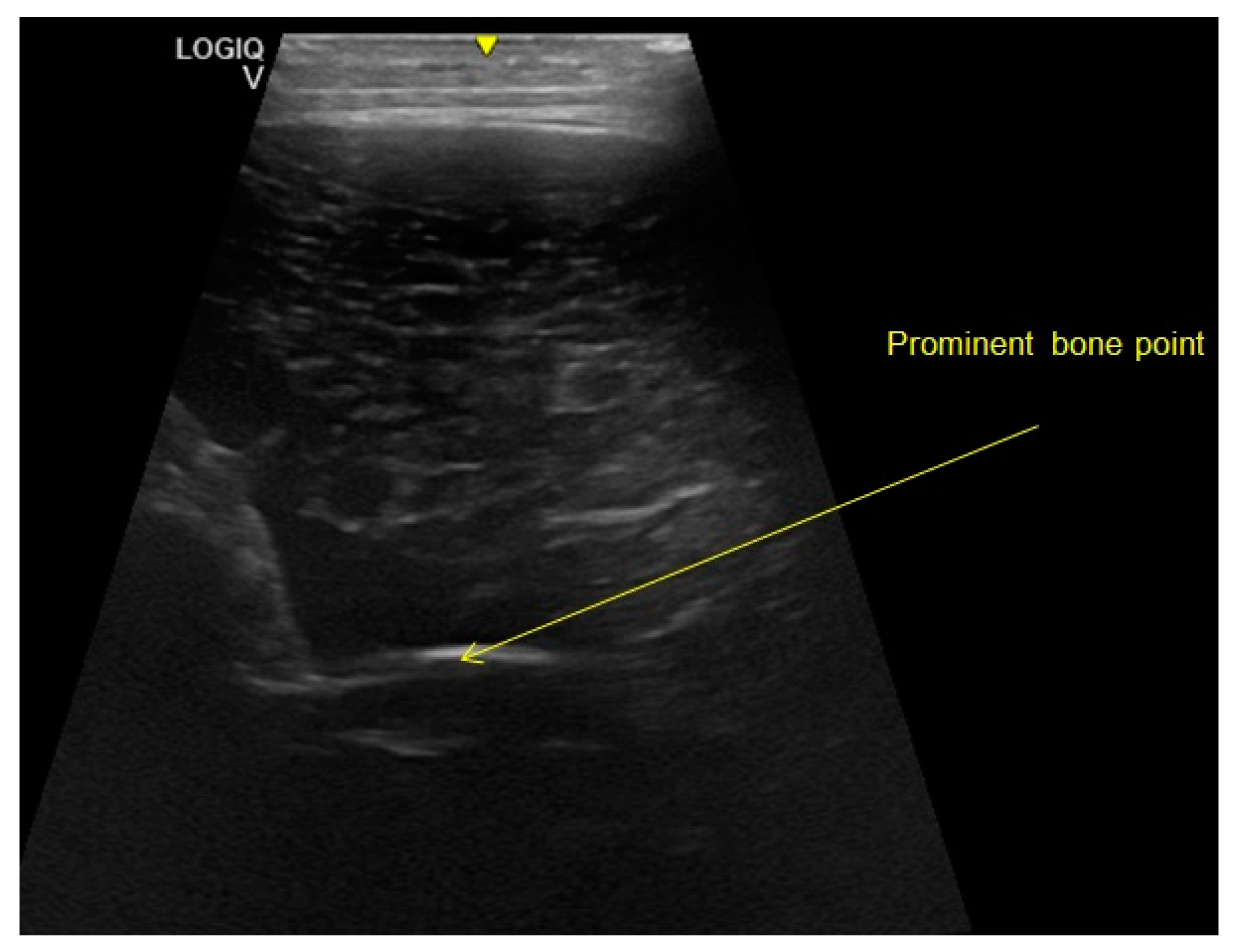
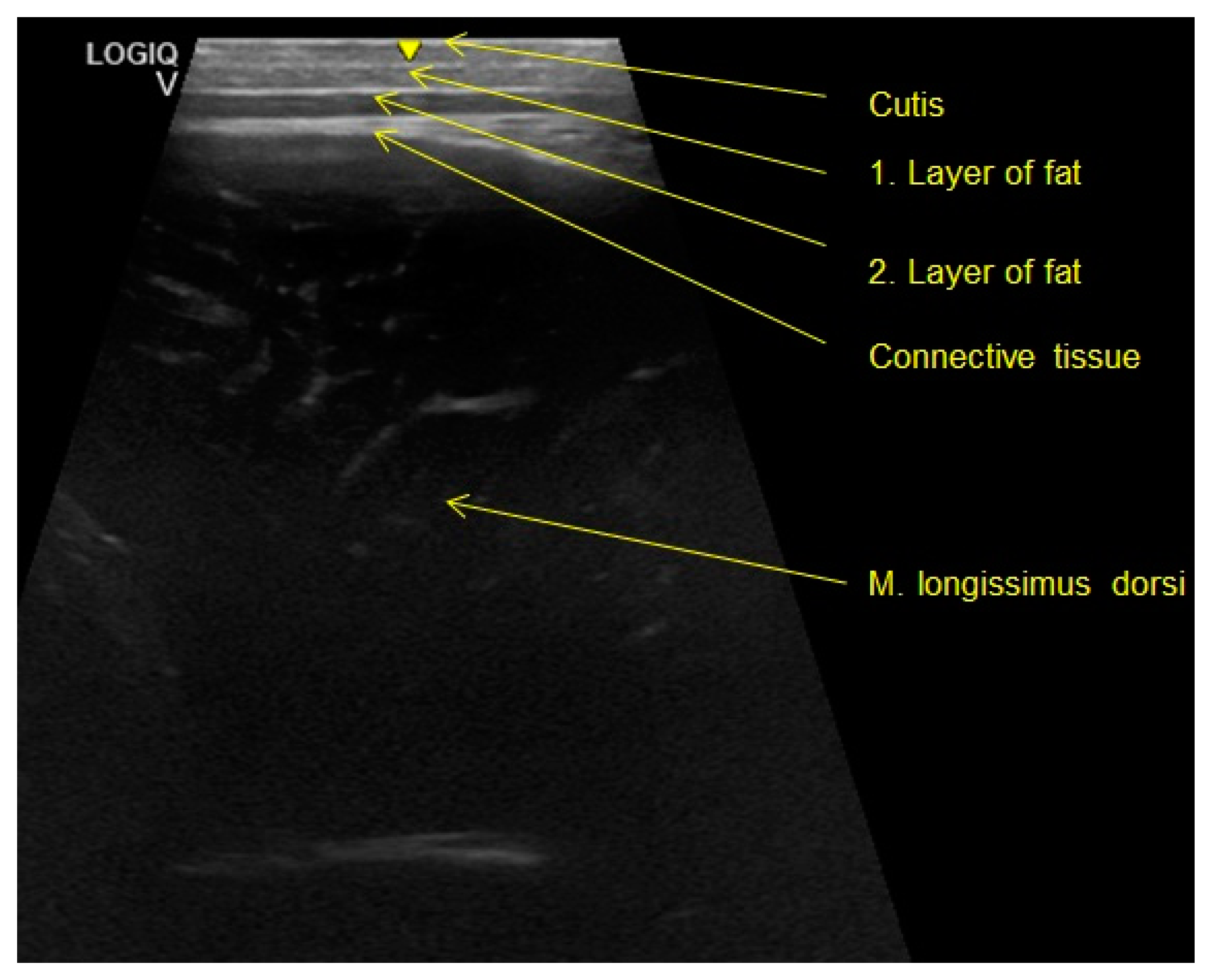
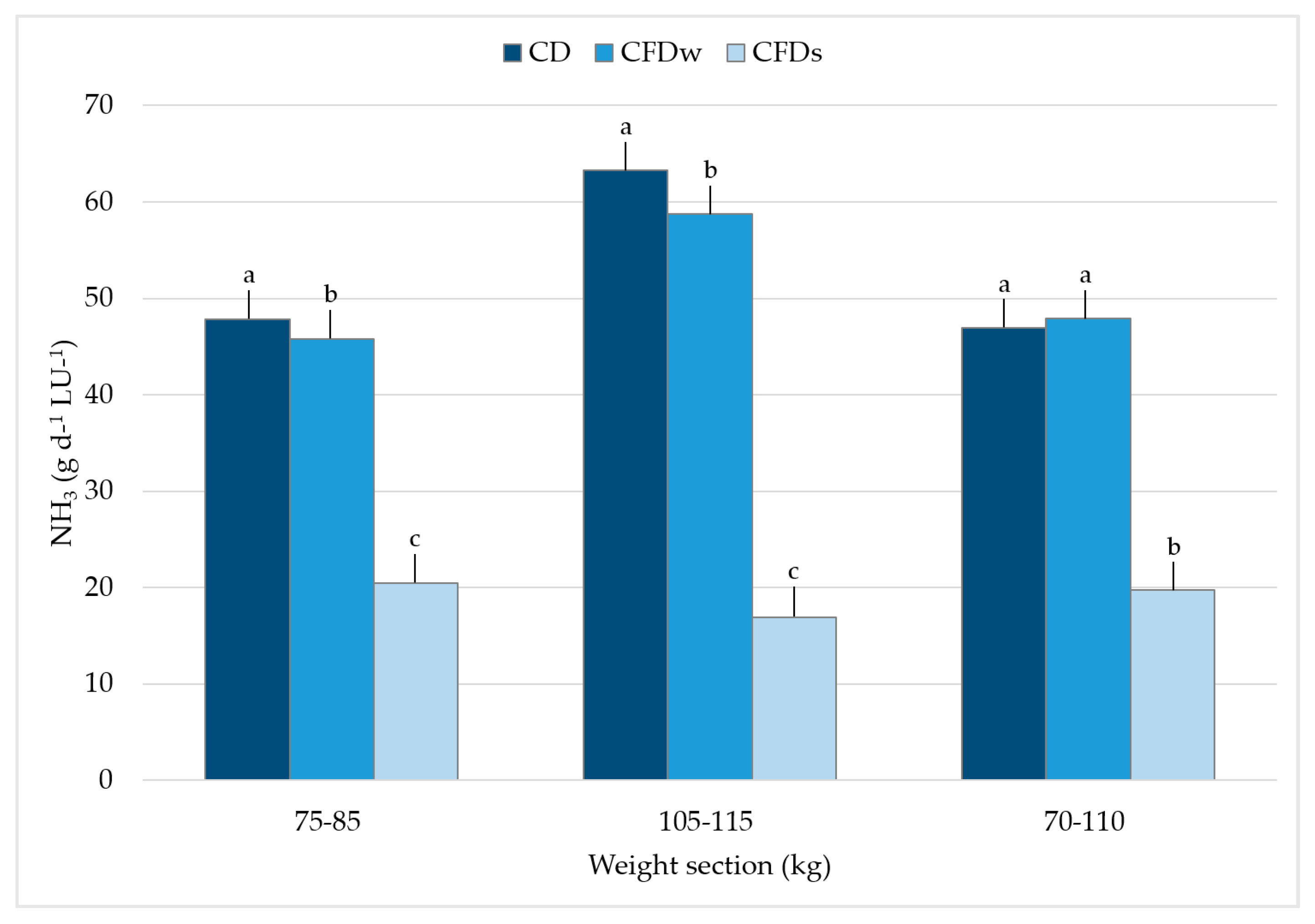
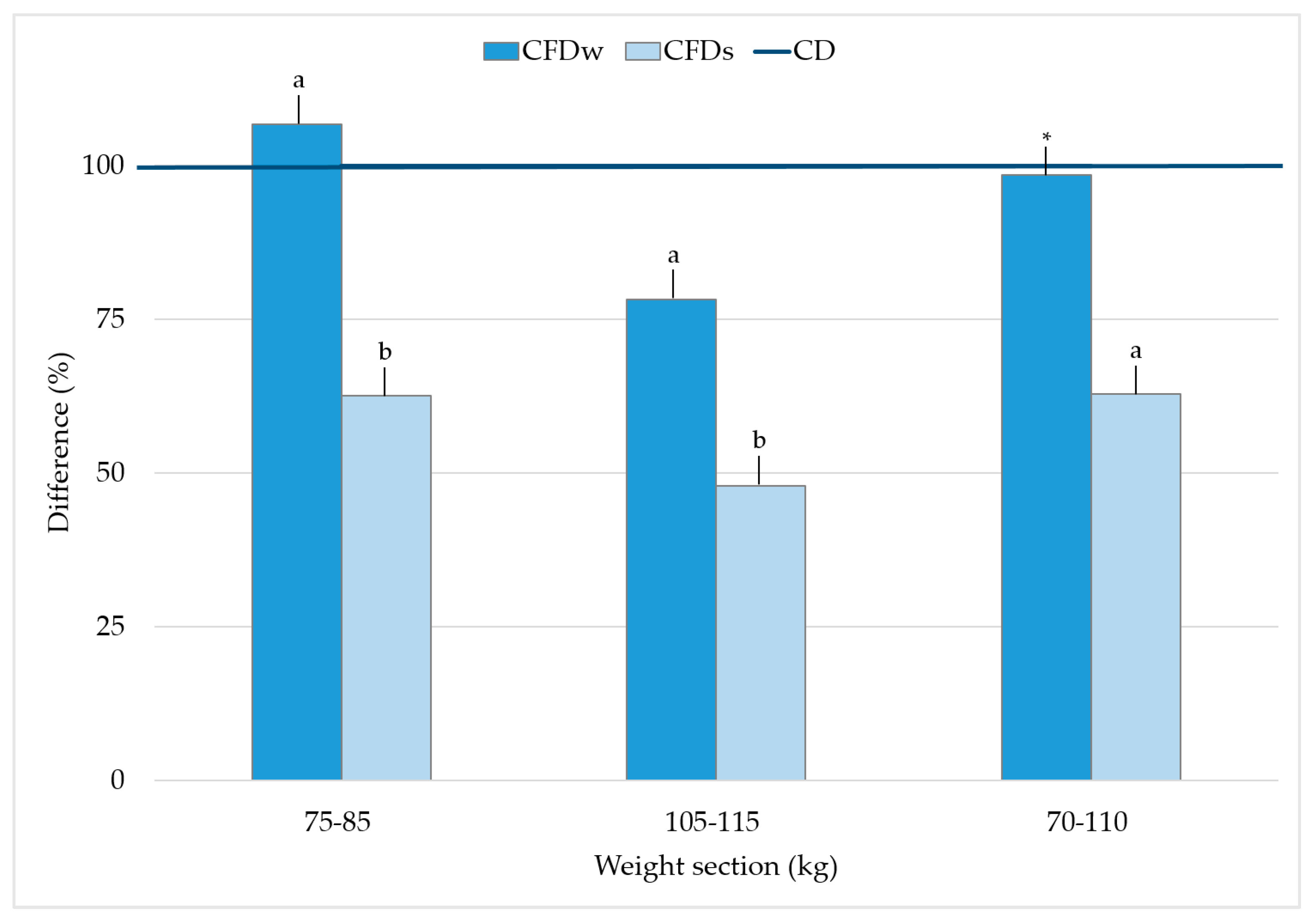
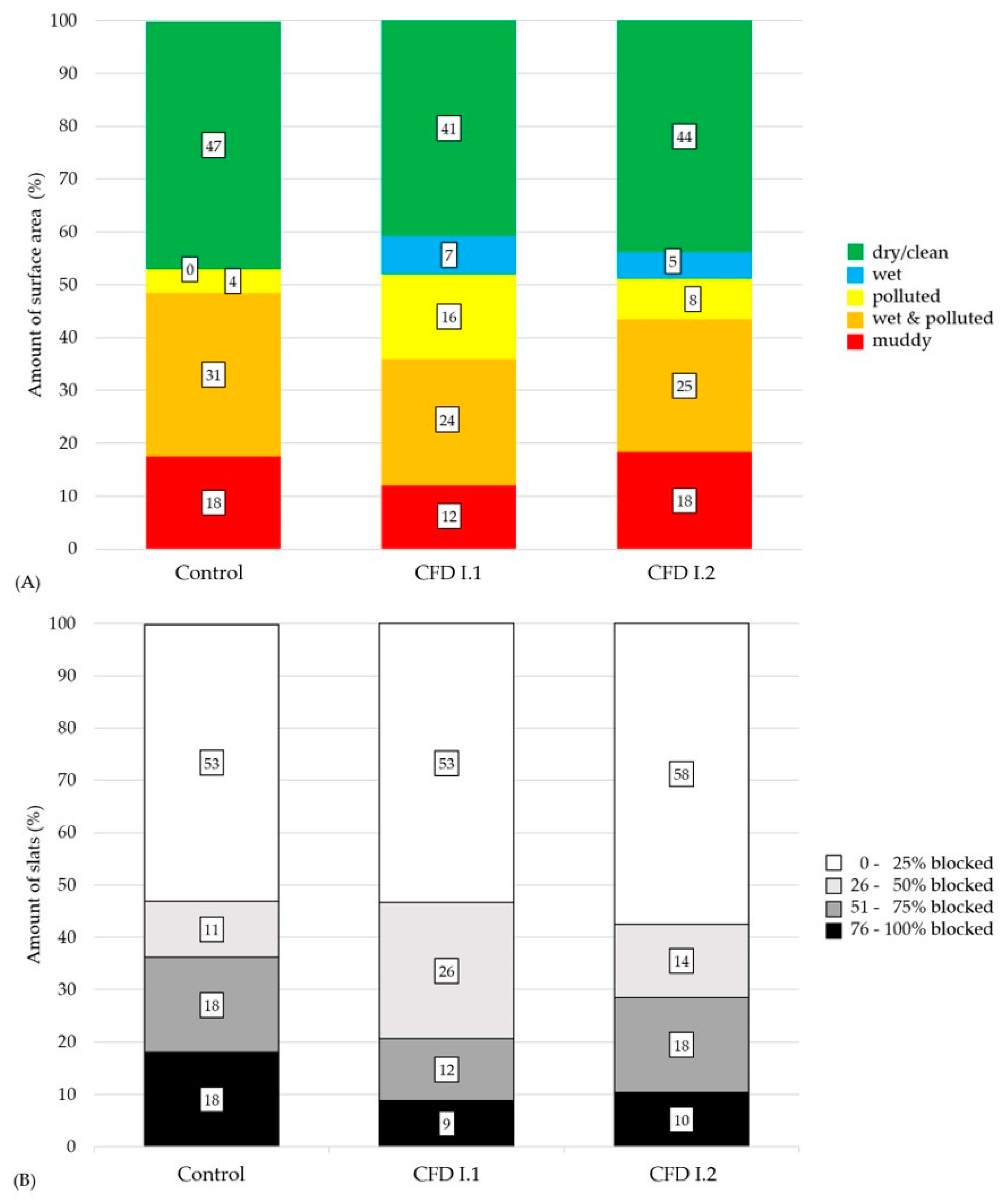
| Ingredients | CF1 (%) | SF1 (%) | SF2 (%) | Soybean Oil (%) | Triticale- WPS (%) | CCM (%) |
|---|---|---|---|---|---|---|
| Crude protein | 16.00 | 25.00 | 21.50 | 0.00 | 7.10 | 9.12 |
| Crude fat | 3.50 | 3.50 | 3.00 | 97.00 | 1.76 | 4.11 |
| Crude fiber | 4.50 | 7.00 | 7.00 | 0.00 | 20.50 | 1.28 |
| Crude ash | 4.50 | 9.00 | 7.50 | 0.00 | 4.51 | 1.35 |
| Starch | 37.84 | 22.52 | 21.47 | 0.00 | 23.44 | 60.54 |
| Sugar | 4.36 | 6.04 | 5.17 | 0.00 | 1.33 | 11.00 |
| Lysine | 1.10 | 2.20 | 1.40 | 0.00 | 0.21 | 0.25 |
| Methionine | 0.32 | 0.35 | 0.40 | 0.00 | 0.07 | 0.20 |
| Calcium | 0.65 | 1.60 | 1.00 | 0.00 | 0.27 | 0.06 |
| Phosphorus | 0.45 | 0.60 | 0.65 | 0.00 | 0.20 | 0.31 |
| Acid detergent fibre (ADF) | 6.34 | 9.24 | 10.32 | 0.00 | 27.02 | 2.88 |
| Metabolic energy (megajoule kg−1) | 13.40 | 11.90 | 11.60 | 35.88 | 6.09 | 16.00 |
| Components | CF1 (%) | SF1 (%) | SF2 (%) | Soybean Oil (%) | Triticale-WPS (%) | CCM (%) |
|---|---|---|---|---|---|---|
| Diet 1: | 0.0 | 0.0 | 52.5 | 0.0 | 2.5 | 45.0 |
| Diet 2: | 0.0 | 8.0 | 41.0 | 1.0 | 5.0 | 45.0 |
| Diet 3: | 0.0 | 18.8 | 27.1 | 1.6 | 7.5 | 45.0 |
| Diet 4: | 0.0 | 29.3 | 13.1 | 2.6 | 10.0 | 45.0 |
| Components | CF1 (%) | SF1 (%) | SF2 (%) | Soybean Oil (%) | Triticale-WPS (%) | CCM (%) |
|---|---|---|---|---|---|---|
| Diet 5: | 85.0 | 0.0 | 0.0 | 0.0 | 0.0 | 15.0 |
| Diet 6: | 90.0 | 0.0 | 0.0 | 0.0 | 0.0 | 10.0 |
| Diet 1 | Diet 2 | Diet 3 | Diet 4 | Diet 5 | Diet 6 | ||
|---|---|---|---|---|---|---|---|
| ME | MJ kg DM | 14.62 | 14.63 | 14.55 | 14.54 | 14.87 | 14.80 |
| Ash | g/kg DM | 43.15 | 44.85 | 47.80 | 50.38 | 44.85 | 46.55 |
| Crude protein | g/kg DM | 167.83 | 167.59 | 167.87 | 168.12 | 168.65 | 172.79 |
| Crude fat | g/kg DM | 37.18 | 47.05 | 53.33 | 63.21 | 27.97 | 27.14 |
| Starch | g/kg DM | 437.53 | 438.08 | 440.24 | 441.45 | 531.77 | 521.76 |
| Sugar | g/kg DM | 35.04 | 34.96 | 35.63 | 36.03 | 38.10 | 39.90 |
| Crude fiber | g/kg DM | 54.47 | 58.42 | 62.87 | 67.03 | 44.64 | 45.91 |
| Lysin | g/kg DM | 9.89 | 9.94 | 9.99 | 10.00 | 12.18 | 12.39 |
| Group | Ø | HF (n = 163) | HL (n = 165) | LF (n = 163) | LL (n = 164) |
|---|---|---|---|---|---|
| Body mass (kg) | 49.82 ± 6.42 | 54.32 a ± 4.97 | 52.5 b ± 5.38 | 46.09 c ± 5.20 | 45.21 c ± 4.58 |
| Male (%) | 49.01 | 59.51 | 41.21 | 56.44 | 39.02 |
| Female (%) | 50.99 | 40.49 | 58.79 | 43.56 | 60.98 |
| Backfat (cm) | 0.69 ± 0.13 | 0.80 a ± 0.11 | 0.63 c ± 0.09 | 0.72 b ± 0.11 | 0.57 d ± 0.09 |
| Muscle (cm) | 3.50 ± 0.40 | 3.60 a ± 0.37 | 3.66 a ± 0.37 | 3.31 c ± 0.37 | 3.41 b ± 0.40 |
| Backfat/Muscle | 0.20 ± 0.03 | 0.22 a ± 0.02 | 0.17 b ± 0.02 | 0.28 a ± 0.02 | 0.17 b ± 0.02 |
| Ø | HF (n = 163) | HL (n = 165) | LF (n = 163) | LL (n = 164) | |
|---|---|---|---|---|---|
| Diet 1 | 3.61 ± 0.65 | 3.65 A ± 0.67 | 3.88 A ± 0.93 | 3.74 AB ± 0.77 | 3.18 AB ± 0.79 |
| Diet 2 | 3.51 ± 0.50 | 3.15 A ± 0.70 | 3.14 B ± 0.62 | 4.29 A ± 0.61 | 3.44 A ± 0.99 |
| Diet 3 | 3.31 ± 0.44 | 3.60 A ± 0.32 | 2.75 B ± 0.70 | 3.89 AB ± 0.80 | 3.00 AB ± 0.52 |
| Diet 4 | 3.20 ± 0.42 | 3.25 A ± 0.71 | 3.20 B ± 0.69 | 3.62 B ± 0.71 | 2.71 B ± 0.44 |
| Diet | Body Weight (kg) | Ventilation Rate (m3 h−1 LU−1) | Temperature Inside (°C) | Temperature Outside (°C) | Relative Humidity Inside (%) | Relative Humidity Outside (%) |
|---|---|---|---|---|---|---|
| CD | 75–85 | 193.4 A ± 23.0 | 20.5 A ± 0.5 | 6.4 A ± 2.0 | 75.9 A ± 5.0 | 89.9 A ± 9.1 |
| 105–115 | 177.3 D ± 28.8 | 18.7 D ± 0.9 | 2.4 D ± 2.4 | 80.5 D ± 6.3 | 91.4 D ± 8.4 | |
| 70–110 | 183.2 G ± 34.3 | 19.8 G ± 1.2 | 4.7 G ± 3.8 | 77.2 G ± 5.9 | 89.4 G ± 10.1 | |
| CFDW | 75–85 | 193.2 B ± 59.5 | 19.5 B ± 0.8 | 6.4 A ± 3.6 | 71.5 B ± 6.5 | 79.7 B ± 14.5 |
| 105–115 | 231.5 E ± 121.1 | 18.9 D ± 0.8 | 8.2 E ± 3.7 | 70.5 E ± 5.8 | 81.3 E ± 14.0 | |
| 70–110 | 204.7 H ± 62.2 | 19.2 G ± 0.9 | 7.2 H ± 3.3 | 71.7 H ± 6.1 | 81.4 H ± 14.0 | |
| CFDS | 75–85 | 509.3 C ± 156.5 | 20.6 C ± 2.2 | 16.1 B ± 4.7 | 66.7 C ± 10.4 | 67.9 C ± 19.3 |
| 105–115 | 457.6 F ± 33.8 | 24.1 E ± 4.1 | 21.9 F ± 6.6 | 60.7 F ± 12.0 | 55.1 F ± 19.2 | |
| 70–110 | 497.4 I ± 96.4 | 23.3 H ± 3.9 | 20.2 I ± 6.4 | 65.2 I ± 12.2 | 62.9 I ± 21.5 |
© 2020 by the authors. Licensee MDPI, Basel, Switzerland. This article is an open access article distributed under the terms and conditions of the Creative Commons Attribution (CC BY) license (http://creativecommons.org/licenses/by/4.0/).
Share and Cite
Lengling, A.; Reckels, B.; Schwennen, C.; Hölscher, R.; Waldmann, K.-H.; Visscher, C.; Büscher, W. Validation of a New Resource-Efficient Feeding System for Fattening Pigs Using Increased Crude Fiber Concentrations in Diets: Feed Intake and Ammonia Emissions. Animals 2020, 10, 497. https://doi.org/10.3390/ani10030497
Lengling A, Reckels B, Schwennen C, Hölscher R, Waldmann K-H, Visscher C, Büscher W. Validation of a New Resource-Efficient Feeding System for Fattening Pigs Using Increased Crude Fiber Concentrations in Diets: Feed Intake and Ammonia Emissions. Animals. 2020; 10(3):497. https://doi.org/10.3390/ani10030497
Chicago/Turabian StyleLengling, Alexandra, Bernd Reckels, Cornelia Schwennen, Richard Hölscher, Karl-Heinz Waldmann, Christian Visscher, and Wolfgang Büscher. 2020. "Validation of a New Resource-Efficient Feeding System for Fattening Pigs Using Increased Crude Fiber Concentrations in Diets: Feed Intake and Ammonia Emissions" Animals 10, no. 3: 497. https://doi.org/10.3390/ani10030497
APA StyleLengling, A., Reckels, B., Schwennen, C., Hölscher, R., Waldmann, K.-H., Visscher, C., & Büscher, W. (2020). Validation of a New Resource-Efficient Feeding System for Fattening Pigs Using Increased Crude Fiber Concentrations in Diets: Feed Intake and Ammonia Emissions. Animals, 10(3), 497. https://doi.org/10.3390/ani10030497






